What Is Timber | Types of Timber | What Is Mass Timber Products | Type of Mass Timber in Construction
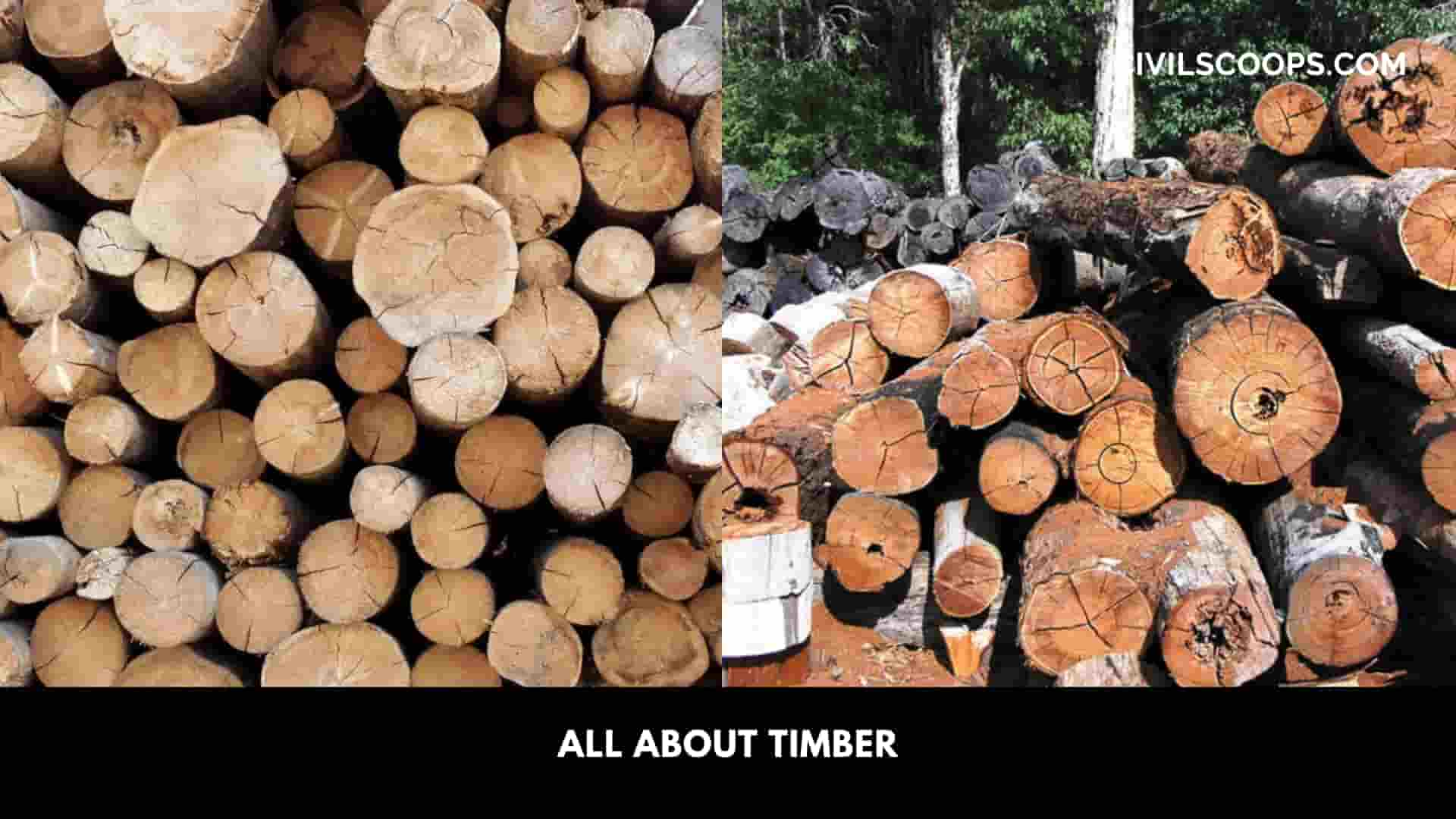
Table of Contents
What Is Timber?

Timber is a simply wooden structure which is converted into the shape of beams and planks. Another name of timber is Lumber, which is widely popular in US and Canada.
Generally, the timbers and lumbers are constructed by the different part of the trees. Any type of timber which is capable of minimum dimension size is termed as timber or lumber. So, these are the process stages of producing and preparing timber.
There are different types of timbers which are used in construction sites for different purposes, mainly in structural members. Woods are cut to the industry and shaped into different dimensions for industrial purpose.
What Is Mass Timber Products?
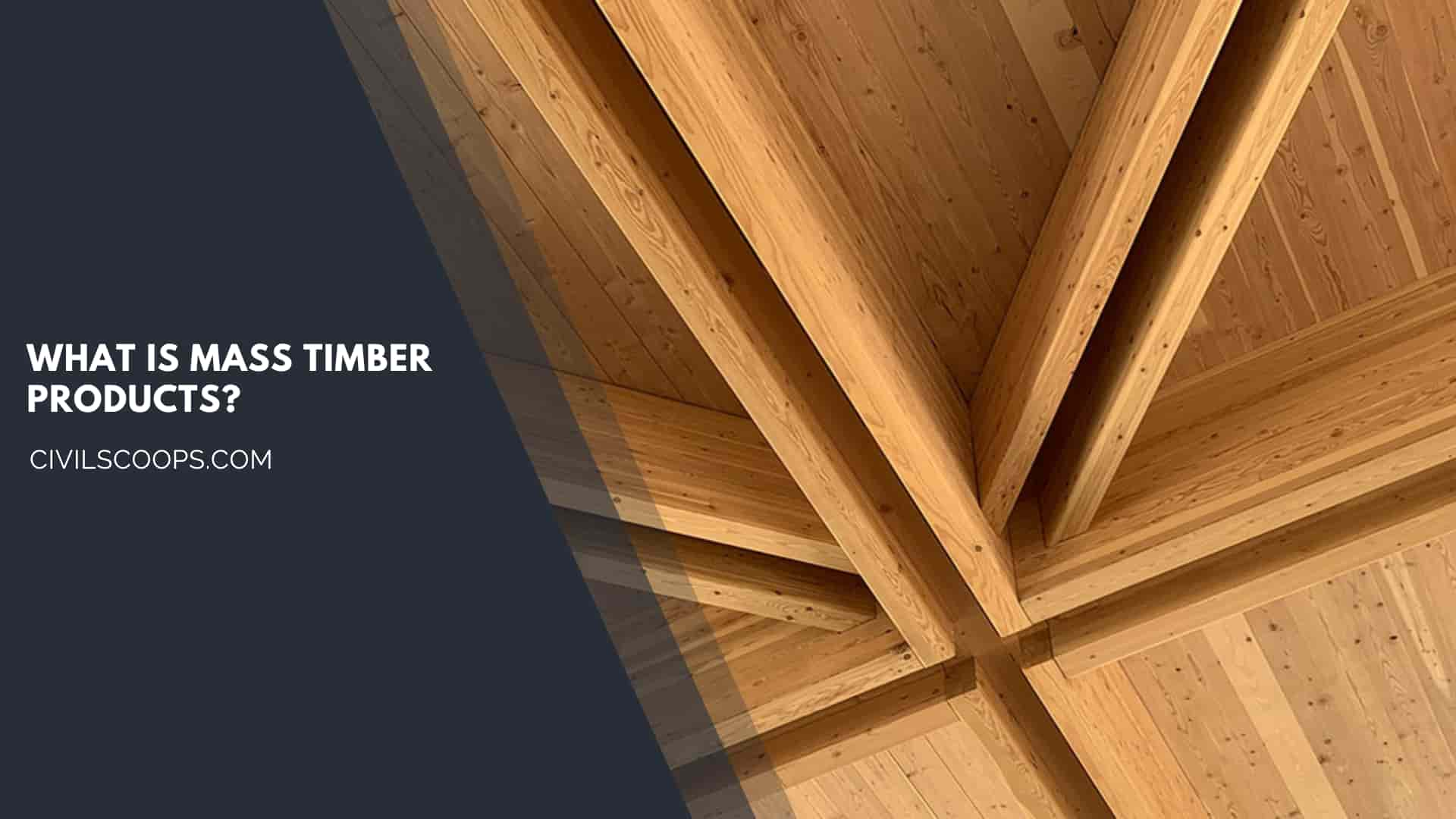
Mass Timber is referred to as a family of engineered wood products of large section size or thick panel products that include block-laminated linear sheets.
Mass timber construction is best suited for low-medium rise buildings such as public places like libraries and multi-residential buildings.
Also Read: How to Remove Stains from Wood?
Types of Timber
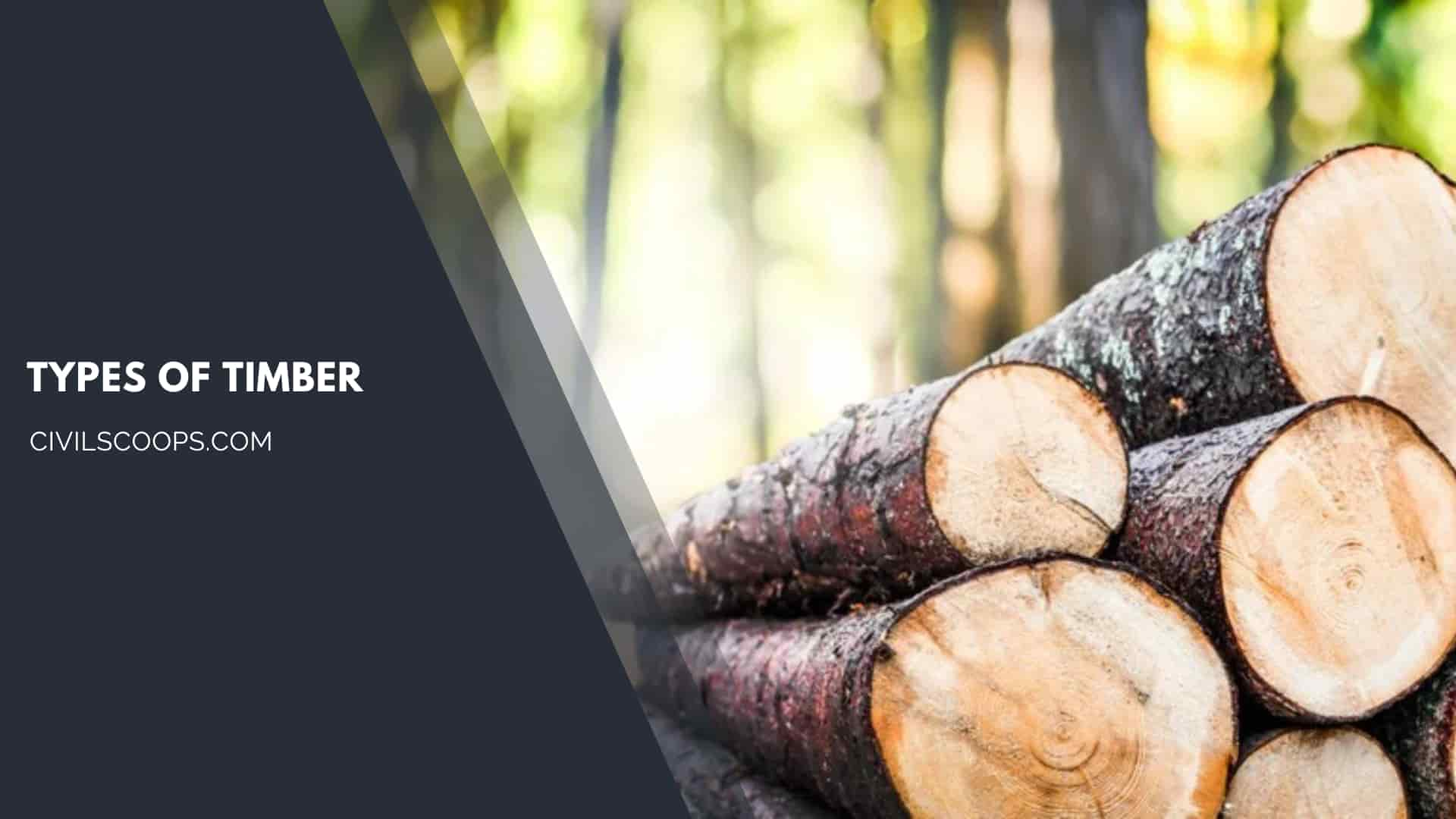
There are generally 18 types of timber varieties are available in the market, those are-
1. Bamboo Timber

Bamboo tree is the unique and special type of tree in the world, this type of tree is generally used for house construction. Bamboo trees are almost available in all the countries but it’s widely available in the tropical areas and the subtropical areas.
Good quality bamboo tress are available into he south Asia region and the color of those trees are pale yellow or gold. This is considered as the most effective material in the building purpose. In the recent time it is considered as the hardwood and it’s available in the market as per size and length.
Advantages of Bamboo Timber
- One of the main advantage of this material is easily renewable, fast growing and high yielding tree.
- Within one or two years bamboo tree grows completely and it has unique earthy odour when someone is working on it.
- Bamboo timbers also have tensile strength and it is also an energy extensive product. Bamboo timbers are good to resist cupping and warping and it requires a little fertilizer.
- From the initial stage, bamboo timber will grow with their full width. Bamboo timbers are generally used in flute, fishing stick, paper mill, veneer, window blinds, ladder, scaffolding, etc.
Disadvantages of Timber
- The main advantage of using bamboo is its a polluting material and bamboo timbre requires special care.
- Bamboo timbre are not good to resist insect attack and the fiber of the bamboo tend to split and pulls out in cross-cutting time.
- Bamboo timbre are reported for skin disease and decay fungi are there.
- The bamboo timbre is in consistent in nature and the price of bamboo timbre is generally higher than others, sometimes it exceeds the domestic hardwoods.
Useful Article for You
- What Is a Contour Interval
- What Is a Door Frame
- What Is Rafters
- What Is a Spandrel Beam
- What Is a Pony Wall
- What Is the Density of Sand
- What Is Modulus of Rupture
- What Is a Conceptual Drawing
- What Is a Slab in Construction
- What Is Skirting
- What Is Falsework in Construction
- What Is Mezzanine Level
- What Is Mortar Made Of
- What Is Plywood
- What Is Undercoat
- What Is Cbr
- What Is a Benchmark in Surveying
- What Is Lean to Roof
- What Is Sill Height
- What Is Flagstone
2. Birch
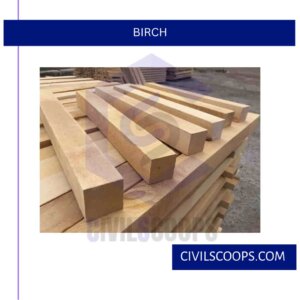
Birch is the main source of hardwood timbre and it is very useful in craft wood. There are many types of Birch wood, some of them are white birch, yellow birch, etc.
Yellow birch is commonly used in construction and it is also known as gray birch or swamp birch. Generally, birch produces low natural lustered.
Advantages of Birch Timber
- Birch timber is aromatic and this type timber is very economical.
- Birch timber is hard, heavy and strong and it is aromatic.
- Birch timbrer is high-quality long lasting timber and this timber is very easy to use.
- Birch wood produces strong plywood and the timber is very durable & waterproof also.
- Birch wood is mainly used to create boxes, crates, furniture’s, skateboards, etc.
Disadvantages of Birch Timbre
- Birch timber is very prone to insect attack and it causes tear-outs in the time of machine operation.
- Birch is slow growing and it harder than other hardwoods; so, it is not worker friendly.
- Birch timber is readily rot and decay & perishable.
3. Cedar Timber
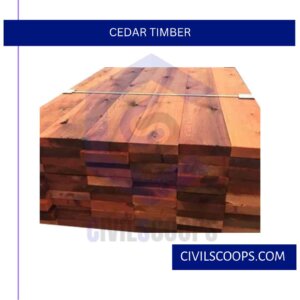
Cedar is another type of high quality wood which is produces from cedar tree. Cedar timbre is generally and widely used as wooden beam. Cedar wood is widely used for landscape construction purpose like park or garden structure. It’s moderate softness and strength makes it unique than others.
Advantages of Cedar Timber
- The main advantage so using this timber is it create natural look, it’s water resistant.
- The another advantage of this wood is it is very lightweight; so, work process can easily done.
- Cedar wood is long lasting and durable, it has smooth surface.
- Cedar timber is sound resisting material, it also resist insect attacks, twisting and warping.
Disadvantages of Cedar Timber
- The strength of cedar timber is not good.
- Cedar dust is very irritating material.
- Cedar timber can cause splintering during some operations.
4. Cherry Timber
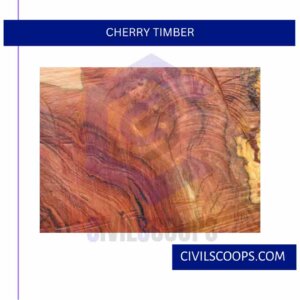
Cherry tree is mainly used for tree plantation for cherry fruits but cherry timber is also used in the construction purpose.
There are many types of cherry timber is available but black cherry timber is the main source of cherries, which has Hugh commercial value.
Cherry timber is generally found in the region of Eastern United Nations and good quality cherry grains has straight grains.
Cherry timber has mainly moderate level of durability and medium density. Cherry timber is generally used for cabinets, handles, furniture-veneer, scientific instruments, etc.
Advantages of Cherry Timber
- The main advantage of using cherry timber is it’s fine and uniform texture and strong enough to bear any structural loads.
- Cherry timber has smooth surface finish and good workability; the another advantage of cherry timber is it contains pith flecks and gum pockets.
- The advantage of using cherry timber is it can be drilled, machine, nail easily.
- Cherry timber has low stiffness and good bending prperties which is very good for construction.
- Cherry timber good to resist any kind of shocks and it is used for boat making, musical instrument, cabinet, high end furnitures, etc.
Disadvantages of Cherry Timber
- The main disadvantage of using cherry timbre is it is very costly; so not used for all the people.
- The another disadvantage is cherry timber does not have grand dimensions and tear can be found on the cross-grain.
- If we stained the cherry timber then blotchy results are found and the sawdust of the cherry timber can cause serious respiratory effects.
5. Mahogany Timber
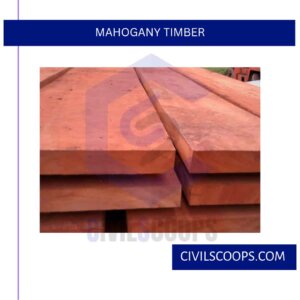
Mahogany timber is a high quality timber which is used almost in the every part of the world. For furniture and cabinet building industry the mahogany timber is widely used.
Mahogany timber has hard grains and it is used to create all types of plywood. Mahogany wood is the softer wood among the all hardwoods.
Mahogany wood natural lustered but in moderate level. The color of the timber is gets darker after some years and texture is medium & uniform. The price of mahogany timber is medium; so, everyone can use this timber.
Advantages of Mahogany Timber
- Mahogany amber is very stable timber and it is used in the construction purpose. Mahogany timber is good to resist termite attacks.
- The another advantage of using cherry timber is it’s very easy to work with tools in mahogany timber and cuts with machine easily.
- Mahogany timber turns glues, stains and finishes very well.
- The main advantage of using mahogany timber is it is flexible In nature and bend easily without shattering and splintering operation.
- Mahogany timber can resist warping and twisting for long years that’s why this timber is long lusting, strong in nature and very beautiful.
- Mahogany timber is long in size and it contains high density grains.
- Mahogany timber is generally used for creating musical instruments, veneers, carving, etc.
Disadvantages of Mahogany Timber
- The main disadvantage of this type of timber is it is very much vulnerable to the insects, it is also reported as ‘sensitizer’.
- Mahogany timber tears out during machine operation.
- The another disadvantage of this timber is it produces a strong mahogany color when the timber comes in touch of water.
- Some other disadvantages are it can causes some respiratory problems, irritation of eyes, dizziness, asthama, some skin disease, etc.
- In mahogany timber slight dull cutters occurs in this.
6. Oak Timber

Oak is one of the oldest timber which is used in construction works for last thousand years. Oak timber is produced from oak trees.
Straight grains are observed in this type of timber and oak timber is generally used for lightweight construction purpose, it is not used in heavy load construction purpose. Oak timber is generally used for wine barrels, firewood, homeware, etc.
Advantages of Oak Timber
- The main advantage of oak timber is it’s very strong, durable and it has good longevity.
- Oak timber is used for cladding purpose also and it’s good to resist fungal attacks.
- Oak timber takes nails, glues, screws, nails very well and it is lightweight.
- Oak timber is workable with hand tool and machine also.
Disadvantages of Oak Timber
- The disadvantage of oak timber is it’s very hard and heavy.
- This type of timber has low moisture content.
- It is not useful for external application and oak timber reacts with copper nails, iron, etc.
7. Walnut
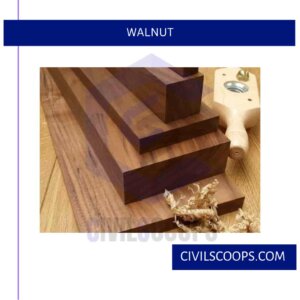
Walnut timber is very popular and special timber in house construction. Walnut timber is also a premium level timber.
Walnut timber has straight grains but it may be irregular. This type of timber is generally used for decoration purpose.
Walnut timber is available in the market in various shape and size. This type of timber comes with natural moderate lustered and it has moderate level of durability.
Advantages of Walnut Timber
- The main advantage of using this type of timber is it highlights to the grain and it is very easy to use by machine and hand tools.
- This type of timber is good for carving and turning. The stains of this timber is well.
- Walnut timber has good texture, good shock resistance power and good dimensional stability.
- The another advantage is it responds well to steam bending, good strength and low stiffness.
Disadvantages of Walnut Timber
- The disadvantage of this timber is it’s reported as ‘sensitizer’ which causes skin and eye irritation.
- This timber is very hard and costly; so, it is not suitable for domestic purpose.
- It I prone to insect attack and it also has mild odor.
- Walnut timber can not treat acid contents and it has medium maintenance
- Walnut timber is not termite resistant and the fibers of this timber is not so dense.
8. Fir Timber
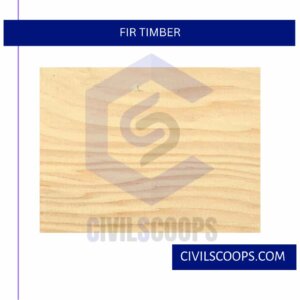
Fir timber is widely used in all the places and it is most popular timber. Fir wood is mainly used in premium products. Fir timber has straight grains and it is a softwood species.
Fir timber is the standard and compact timber which is used in farming. This timber is used for framing, flooring, tin-housing, lining, pergolas, bargeboards, etc.
Advantages of Fir Timber
- Fir timber is moderately durable and it has wide color variety.
- It is permeable timber and moderately resist decay. Fir timber is good to resist shock and good strength.
- Fir timber is bonded with others by standard procedure.
Disadvantage of Fir Timber
- The main disadvantage do using fir timber is it has not enough tensile strength.
- The another disadvantage is it is very stiff.
- Fir timber Is difficult to treat.
Also Read: All About Wood | Types of Wood | What Is Wood | Advantages of Wood
9. Cane Timber

Cane is a hard, hollow stem of a plant like bamboo, which is widely in construction industry. Many types of furniture, radiator covers, baskets are made by cane. Cane is also used in the roofs, fences, construction or cladding walls; it is similar type of bamboo timber.
There is also have some advantage of cane; which can be split used as a rope. Can also produced cane dust which is also used to produce fibrous reinforcement like ceiling boards, etc.
10. Cross-laminated Timber
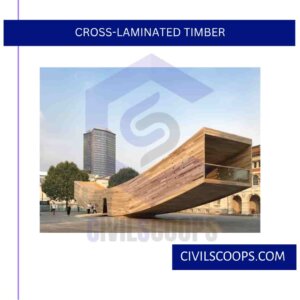
Cross-laminated timber is engineered timber which is used in span-related works. Spruce, pine, larch trees are produced cross-laminated timber.
This type of timbers are generally used for residential purpose, hotels, schools, marketplace, etc. The adaptability power, weight and speed of construction make this timber more finer.
This type of timber reduces noise and disruption; those are the main advantages of this timber. Cross-laminated timber is available in all the marketplace of urban areas as well as rural areas. The main disadvantage of this timber is it shows late design changes which is very harmful for any type of structure.
11. Glulam
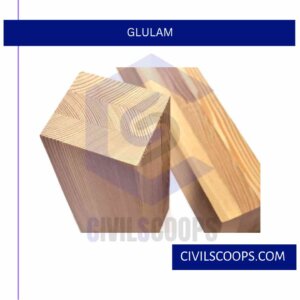
Glulam is widely known as Glued Laminated Timber. It is a manufactured product which is durable and combined with moisture-resistant structural adhesives. Glulam is mainly used in large-span structures, horizontal and vertical beams, etc.
It is also an alternative method of steel and concrete which is used in the roof of sports hall, swimming pool, supermarket, etc.
12. Green Timber
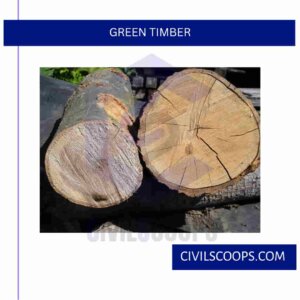
This type of timber is an urban type of timber. Green timber is a timber when a wood is freshly cut and it contains high moisture percentage.
Useful Article for You
- What Is a Highway Flyover
- What Is Grouting
- What Is a Pile Cap
- What Is a Bond Beam in Masonry
- What Is the Standard Size of a Door Frame
- What Is Sapwood
- What Is Crane
- What Is a Gable
- What Is Superelevation
- What Is Kerb
- What Is the Purpose of Washers
- What Is the Size of a Brick in Inches
- What Is Reinforced Masonry
- What Is Countertop Height
- What Is Workability
- What Is Bond Breaker
- What Is Plasticizer in Concrete
- What Is Luminous Flux Vs Lumens
- What Is a Spillway
- What Is a Flyover Bridge
13. Hardwood

Hardwood is a type of wood which is widely used to make furniture. Oak, birch, beech and mahogany are used to produced hardwood.
The growth of hardwood trees is very slow, that’s why the trunk, bark of these wood are very denser, this type os wood is very preferable for the carpenters.
This type of wood are very heavy weight because the trunk are more denser than othr trees. Chair, table, chairs, drawers are constructed by this type of wood.
14. Laminated Veneer Lumber LVL
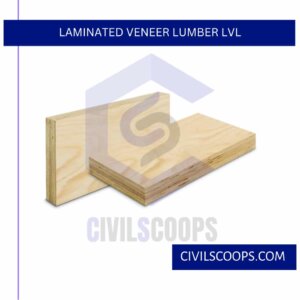
Laminated veneer lumber is type of engineered wood which has high strength. This is also as an alternative for concrete, other timber, steel for structural application.
Laminated veneer lumber is manufactured by creating a bond with rotary peeled or wood veneer. It also has good durability and uniformity. This timber is less prone to shrinkage or warping and effective in long span structure subjected with heavy loads.
15. Pine
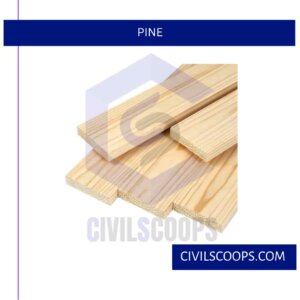
Pine is very popular wood which is used to manufacture windows, flooring, windows, doors, etc. Pine is found in the Northern portion.
For making paper pulp; pine is used. Pine has small, neat knots which a clean and rustic looking to the furniture. Pine is a softwood, that’s why it is very preferable for carpenters.
16. Plywood
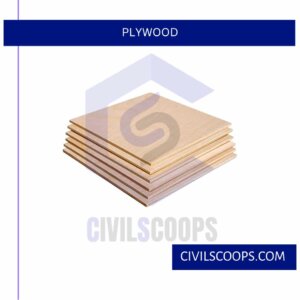
Plywood is used for construction which is generally a engineered sheet timber product. Plywood has three or more thin layers which are glued to each other, which create a sheet. Plywood resists warping and cracking.
Plywood is used for furniture, formwork, flooring, structural systems, external walls, doors or shutters, etc. Plywood has high strength, flexibility, chemical and fire resistance, impact resistance, etc. It also has good thermal and so sound resistance property.
17. Sapele Wood

Sapele wood is another type of mahogany timber which is dark in color, from golden brown to dark reddish hue. This type of wood has good strength, durability, density and it is used for making floors, architraves, skirting boards, picture frames, doors, paneling, furniture, etc.
Sapele timber is very stable and it has straight grained boles property.
18. Lime
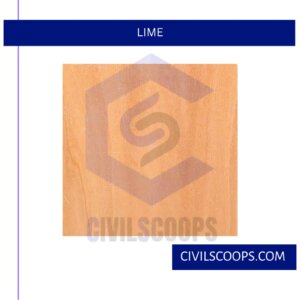
Lime is a hardwood with a white-yellow, red, or green tone. It has straight grain and even texture. Sharp cutters are required to shape and size the timber.
Type of Mass Timber in Construction
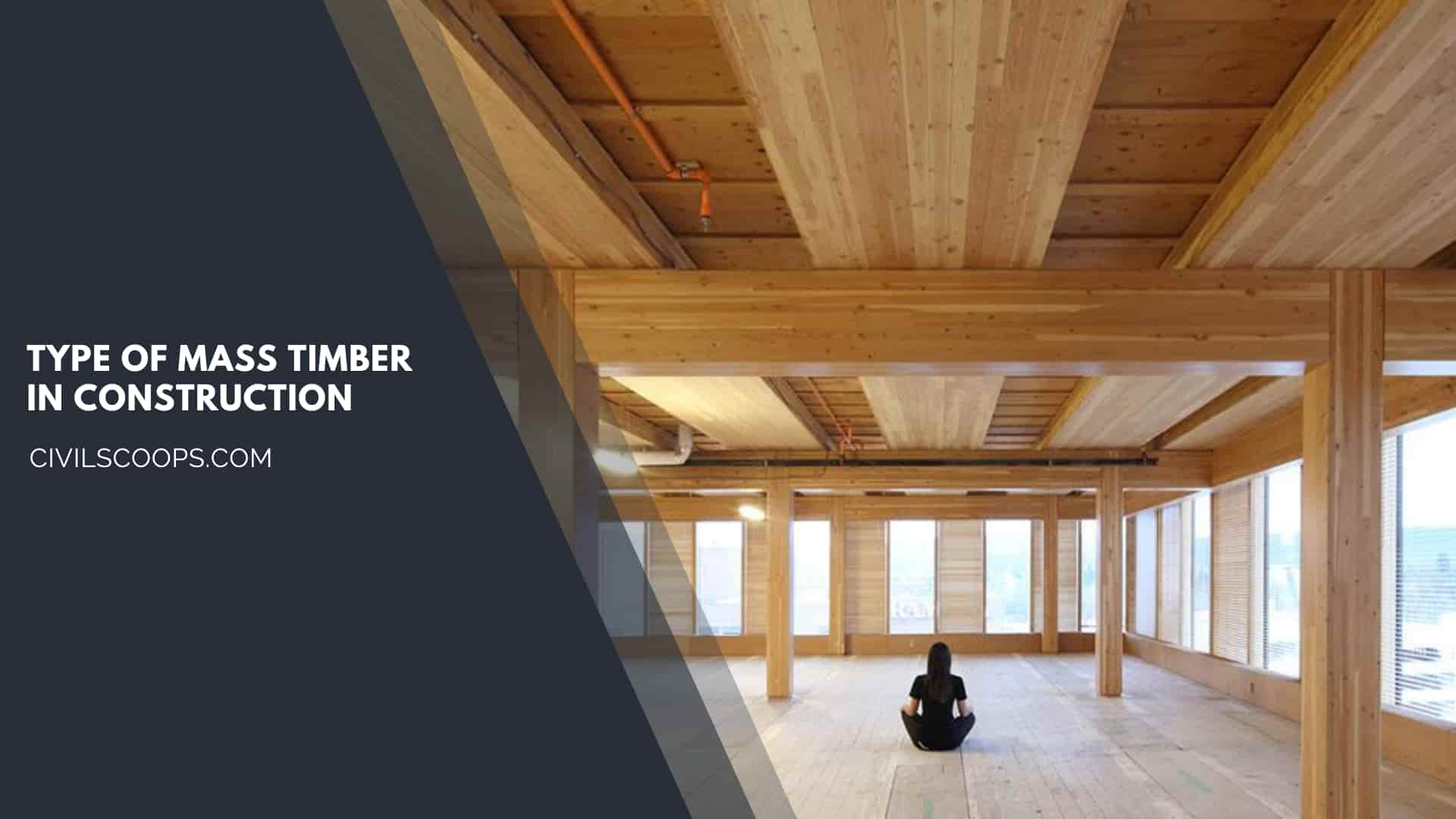
Mass timber is a generic term that encompasses products of various sizes and functions, like
- Cross-Laminated Timber (CLT): Cross-laminated timber (CLT) is a large-scale, prefabricated, solid engineered wood panel. Lightweight yet very strong, with superior acoustic, fire, seismic and thermal performance, CLT is also fast and easy to install, generating almost no waste onsite. CLT offers design flexibility and low environmental impacts. For these reasons, cross-laminated timber is proving to be a highly advantageous alternative to conventional materials like concrete, masonry or steel, especially in multifamily and commercial construction.
- Glue-Laminated (Glulam) Beams: Glued laminated timber, or glulam, is a highly innovative construction material. Pound for pound, glulam is stronger than steel and has greater strength and stiffness than comparably sized dimensional lumber
- Laminated Veneer Lumber (LVL): First used during World War II to make airplane propellers, laminated veneer lumber (LVL) has been available as a construction product since the mid-1970s. LVL is the most widely used structural composite lumber (SCL) product and provides attributes such as high strength, high stiffness and dimensional stability.
- Nail-Laminated Timber (NLT): Nail Laminated Timber (NLT) is a mass timber product created by turning dimensional lumber on edge and mechanically fastening the laminations together with nails. NLT is most commonly utilized for floor and roof systems, though it can also be used for walls, elevator shafts, and stair shafts.
- Dowel-Laminated Timber (DLT): Dowel Laminated Timber (DLT), known as dübelholz (literally “dowelled wood”) in Europe, is a structurally efficient and economic mass timber panel which can be used for floor, wall, and roof structures. DLT panels are the only 100 per cent mass timber product – in concept they involve no glue or nails.
Types of Timbers Used in Construction
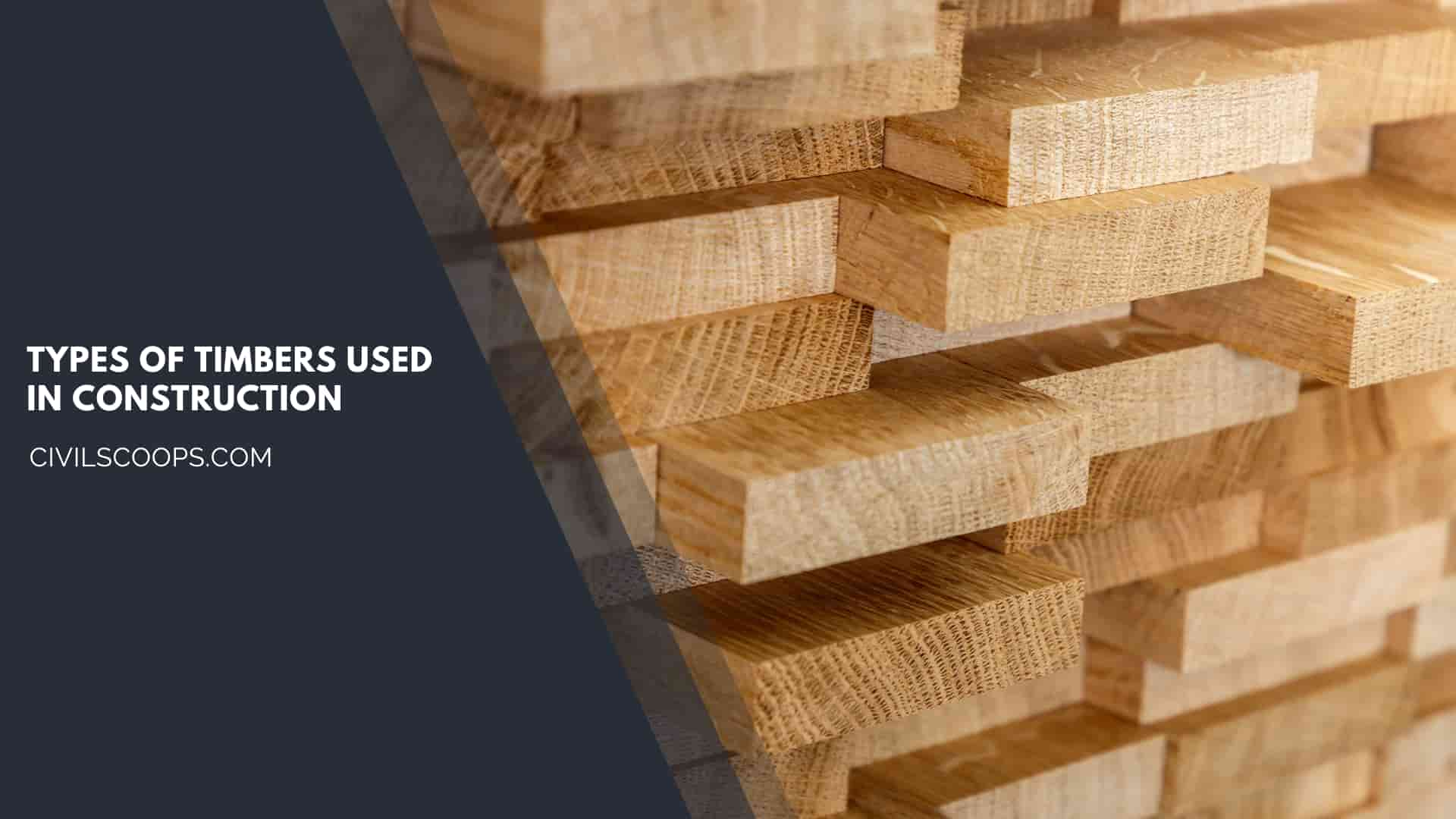
There are many types of timber which are used in the construction purpose, those are-
- Bamboo Timber:
- Birch Timber:
- Cedar Timber:
- Cherry Timber:
- Mahogany Timber:
- Oak Timber:
- Walnut:
- Fir Timber:
Besides those timbers, we use also Green timber, lime timber, Glulam timber, Cross-laminated timber, etc. for construction purpose.
[su_box title=”FAQ” style=”default” box_color=”#333333″ title_color=”#FFFFFF” radius=”3″ class=”” id=””]
What Is Timber?
Basically, timber or Lumber is a wood or firewood of growing trees. Any wood capable of yielding a minimum dimensional size can be termed as a timber or lumber. It is a stage in the process of wood production. Timbers are used for the structural purpose.
What Is Timber Used For?
Timber is a valued natural resource that serves directly as a material for use in construction, paper manufacturing, specialty wood products such as furniture, and as a fuel source.
What Is Mass Timber?
Mass timber products are thick, compressed layers of wood, creating strong, structural load-bearing elements that can be constructed into panelized components. They are typically formed through lamination, fasteners, or adhesives.
Types of Timber
- Oak
- Teak
- Pine
- Sapele
- Douglas fir
What Is Timber Used for in Construction?
Timber is transformed into a wide range of construction materials that are used in building and home construction. This includes dimensional lumber products that are built into walls, floors, and ceilings, such as: Studs. Plates.
Heavy Timber Roof Framing
The key element of a heavy timber frame is that it uses large stress-graded timbers that are either heavy sawn or glue laminated, connected with traditional mortice and tendon joinery and metal fastenings. Traditionally, cast iron connectors were often used.
Mass Timber Construction Type
Mass timber is a new category of wood product that can revolutionize how America builds. It is comprised of multiple solid wood panels nailed or glued together, which provide exceptional strength and stability. It’s a strong, low-carbon alternative to concrete and steel.
Types of Mass Timber
Products in the mass timber family include cross-laminated timber (CLT), dowel-laminated timber (DLT), glue-laminated timber (glulam), laminated strand lumber (LSL), laminated veneer lumber (LVL), parallel strand lumber (PSL), and nail-laminated timber (NLT).
Heavy Timber Construction Examples
Originally built for industrial use, heavy timber frame construction can also be found in auditoriums, gymnasiums, churches, supermarkets, schools and other structures, with elements in residential homes.
High Rise Wood Construction
The “mass timber” movement is a growing worldwide effort to build high-rises and other buildings out of wood composites rather than steel and concrete, for environmental reasons.
Light Wood Frame Construction
Light-frame construction is made up of dimensional lumber and engineered wood that is regularly spaced and fastened together with nails to create floor, wall, stair and roof assemblies.
Mass Timber Columns
Mass timber construction, in contrast to light-frame wood construction, is built using a category of engineered wood products typically made of large, solid wood panels, columns or beams often manufactured off-site for load-bearing wall, floor, and roof construction.
How Is Timber Made?
Process. In the United States, most trees destined to be cut into lumber are grown in managed forests either owned by the lumber company or leased from the government. After the trees have reached an appropriate size, they are cut down and transported to a lumber mill where they are cut into various sizes of lumber.
Mahogany Timber
Mahogany is a straight-grained, reddish-brown timber of three tropical hardwood species of the genus Swietenia, indigenous to the Americas and part of the pantropical chinaberry family, Meliaceae. Mahogany is used commercially for a wide variety of goods, due to its coloring and durable nature.
Bamboo Timber
Timber bamboo is a renewable, carbon-sinking building material. With growing demands of the built world, it could be a game changer for global construction. By Zach Mortice Articles – August 25, 2022. Timber bamboo as a construction material is a fast-growing, renewable-resource alternative to carbon fiber.
Timber in Construction
Timber is a type of wood which has been processed into beams and planks. It is also known as “lumber” in US and Canada. Basically, timber or Lumber is a wood or firewood of growing trees. Any wood capable of yielding a minimum dimensional size can be termed as a timber or lumber.
Timber Products
timber products means any wood product, including, but not limited to, fin- ished lumber, rough cut lumber, cants, logs, wood chips, sawdust and wood waste.
What Is Treated Timber?
Treated wood is wood that has been appropriately treated with preservative chemicals with the intent of prolonging its intended usefulness lifecycle compared to untreated wood. Different types of applications and preservatives are used to protect wood fibers from: structural degradation.
What Is Green Timber?
To summarise, green timber is the trades terminology which refers to any timber that has been treated but left in its natural colour (pale wood with hints of green) post treatment.
What Is Treated Pine?
Timber is treated with pesticides to protect it from insects such as borers and termites, as well as fungi that cause rot and decay.
[/su_box]
[su_note note_color=”#F2F2F2 ” text_color=”#333333″ radius=”3″ class=”” id=””]
Like this post? Share it with your friends!
Suggested Read –
- All About of Tiles
- All About Chalk Paint
- What Is Water Ponding
- Water Leakage from Ceiling
- How to Remove Paint from Concrete Without Chemicals
[/su_note]
Originally posted 2023-09-12 11:32:41.
